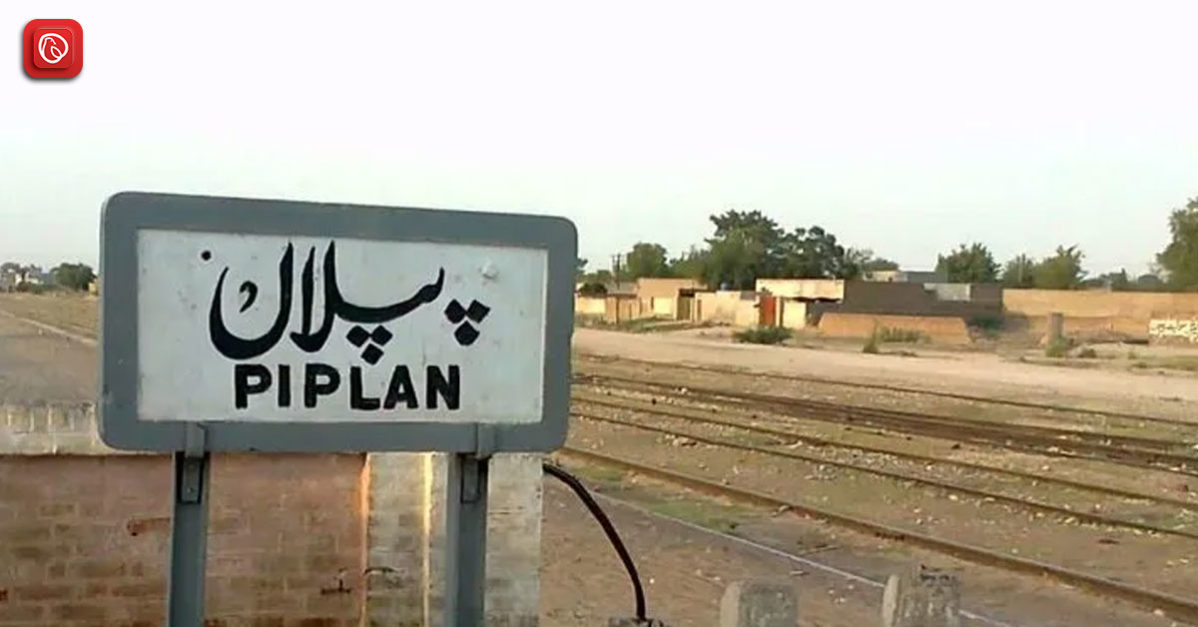Piplan is a town in Pakistan’s Punjab province’s Mianwali District. It serves as the seat of government for Piplan Tehsil, the district’s administrative division. Piplan Tehsil has 403,938 people living there as of the 2017 census, with a more significant proportion of people living in rural areas (307,729) than in urban centres (96,209).
Learn more about the topography and history of this historic town of Piplan by visiting Graana.com.
Location
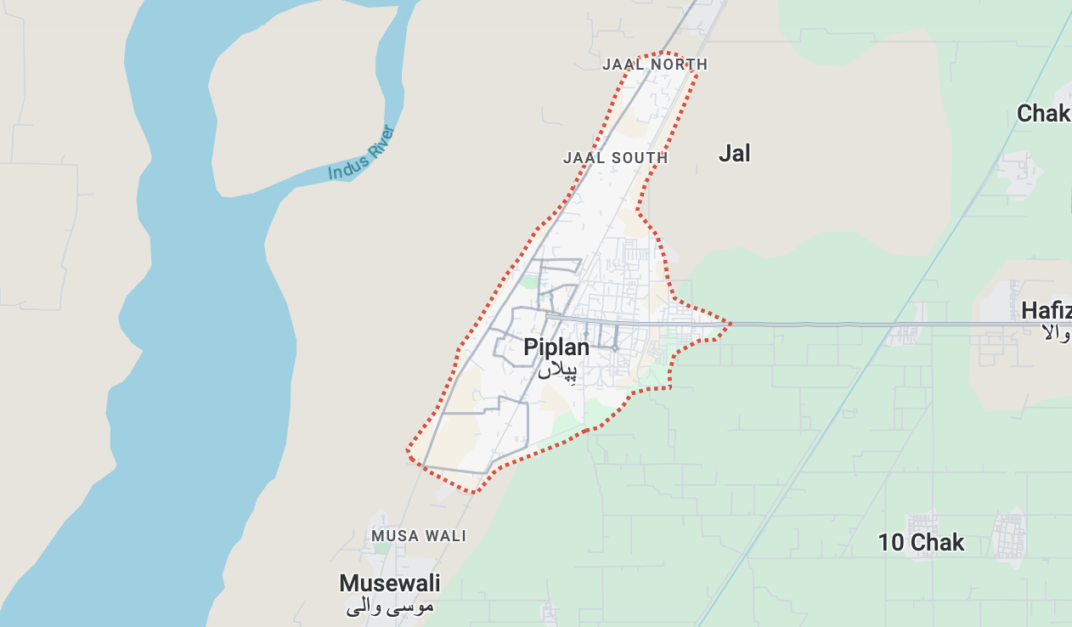
The capital town of Piplan Tehsil in the Mianwali District of Punjab, Pakistan, is Piplan (Punjabi, Urdu: پِپلاں). Located approximately 52 km (by road) north of Mianwali, the district capital, Piplan, is encircled by several nearby towns.
- South: Musa Wali Mattha, Churkin, Jhanbir, and Kaloor Kot
- North: Doaba, Mianwali, Alluwali, and Kundian
- East: Hernoli and Hafiz Wala
- West: Indus River
Piplan’s Administrative Landscape
- Piplan is organised to provide effective local governance as a tehsil (administrative subdivision) of Mianwali District. This is a summary of its organisational structure:
- Municipal Committees: Piplan is home to the MC Piplan and MC Kundian, two Municipal Committees (MCs). These committees manage local government affairs in the established metropolitan regions, guaranteeing the welfare of inhabitants by providing services such as infrastructure upkeep, sanitisation, and community development programmes.
- Union Councils: Piplan has twelve Union Councils (UCs). These local administrative divisions bring the people and governance closer together. Every UC acts as a crucial conduit between the local community and higher administrative levels, addressing problems locally and carrying out development projects.
The following is a list of Piplan’s Union Councils:
- Kundian Rural
- Chak No 4 DB
- Kacha Gujrat
- Doaba, Mianwali
- Noshera Mor
- Vichvin Bala
- Tibba Mehrban Shah
- MamuWali
- Hernoli (Urban)
- Hernoli (Rural)
- Dabb Balouchan
- Chak No 7 ML Hafiz Wala
- Alluwali
- Khola Khanqah Sirajia
- Kundian
Traveling From Major Cities
Here’s how you can reach this town from Islamabad, Lahore, and Karachi:
From Islamabad
- By Car: Travelling by car is the fastest option; it takes three hours and about 220 kilometres. Travel towards Sargodha by following the signs for Faisalabad/Sargodha on the M-1 Motorway South, leaving at the Lilla interchange and heading towards Lahore. See Piplan Mor, make a right, and adhere to the Piplan signage.
- By Bus: Buses may travel from Islamabad to Mianwali, stopping in Piplan en route. For schedules, check the bus terminal in Islamabad.
From Lahore
- Through Car: Provides flexibility (around 420 km, 5–6 hours). Head towards Sargodha by following the signs for Sargodha/Multan on the M-2 Motorway South, leaving at the Lilla interchange. See Piplan Mor, make a right, and adhere to the Piplan signage.
- By Train: Consider taking the train to Mianwali, from where you can take a taxi or a local bus to Piplan.
- By Bus: Buses from Lahore to Mianwali may stop in Piplan, similar to those from Islamabad. For schedules, check the Lahore bus terminal.
From Karachi
- By Car: It is not advised because of the distance (around 1100 kilometres, 16 hours). Follow the signs for Islamabad and Peshawar as you travel the M-9 Motorway North towards Sukkur. Exit at Pindi Bhattian and go in the direction of Sargodha. See Piplan Mor, make a right, and adhere to the Piplan signage.
- By rail: Consider travelling to Mianwali via rail, just like you would to Lahore. From there, take a taxi or a local bus to Piplan.
- By Aircraft: Arrive at Islamabad International Airport (ISB), then proceed to Multan International Airport (MUX), which is in closer proximity to Piplan, by a subsequent flight. From Multan, take a local bus or taxi to Piplan.
Interesting Places Near Piplan
A surprising amount of historical, cultural, and natural beauty nearby is just waiting to be discovered. Let’s explore some of these fascinating places in more detail:
Shah Bahauddin Tomb
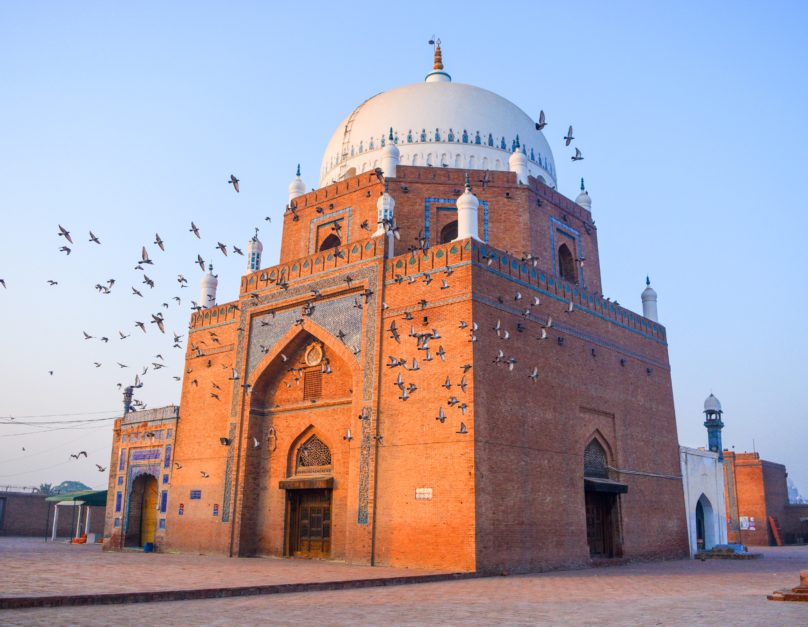
Constructed in the seventeenth century, this architectural wonder is evidence of Mughal artistic genius. The mausoleum, devoted to the venerable Sufi saint Shah Bahauddin, has beautiful calligraphy, elaborate carvings, and a calm ambience that provides insight into the area’s rich spiritual history.
Katas Raj Temples
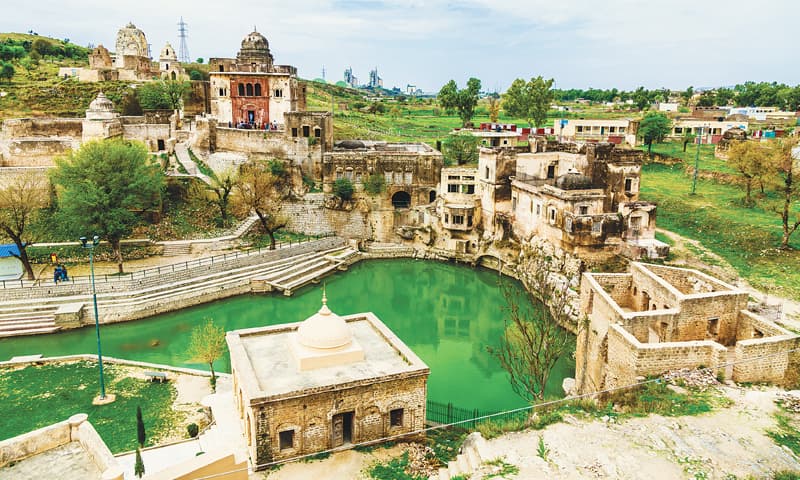
About 25 kilometres from this town, set out on a historical journey. Here are the historic Katas Raj Temples, tucked away in rural environs. These intriguing temples, devoted to Lord Shiva, are significant to Hindus and provide a fascinating look into the area’s past. Discover the finely carved buildings and tranquil ponds, then lose yourself in this archaeological gem’s atmosphere.
Dharmarajika Stupa and Monastery
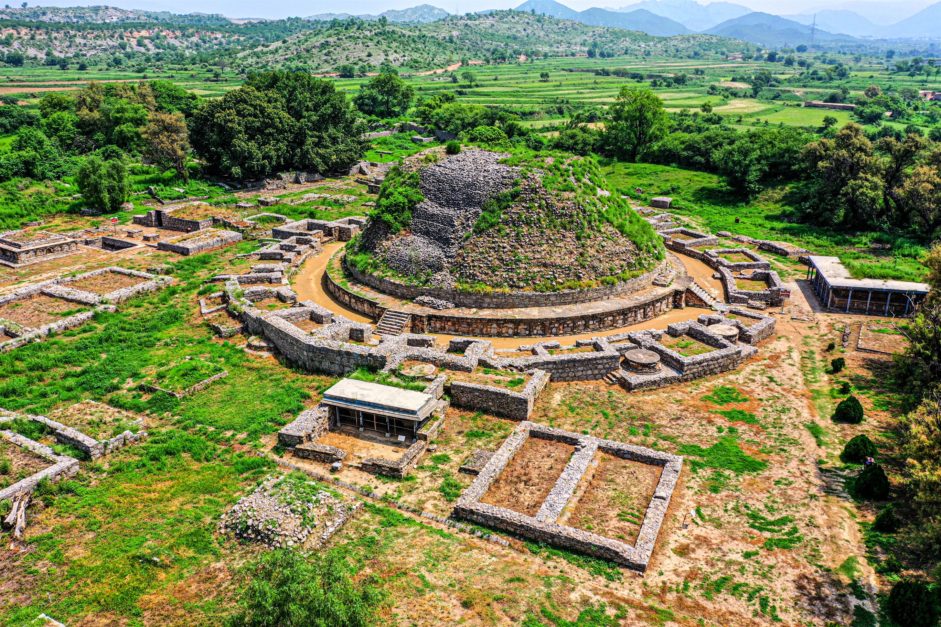
About 30 kilometres from this town, the Dharmarajika Stupa and Monastery is where you can discover yet another layer of history. These Buddhist remains, which date to the second or third century BCE, provide evidence of the once-thriving Buddhist civilisation in the area. Examine the ruins of the stupa and monastery complex while imagining the monks’ lives.
The Mighty Indus River
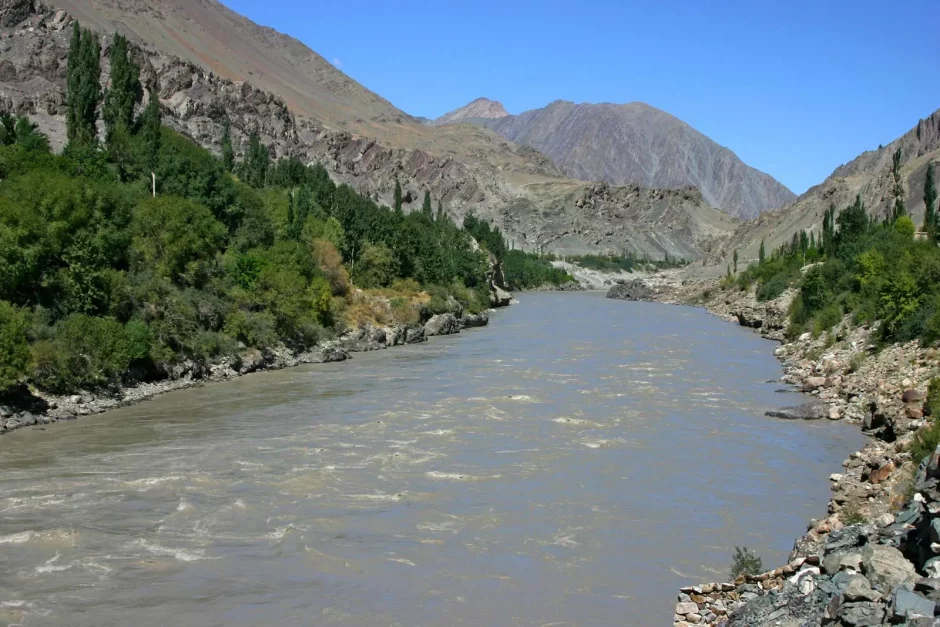
The magnificent Indus River, one of Asia’s longest rivers, borders Piplan to the west. Outdoor enthusiasts have a plethora of possibilities to explore this marvel of nature. Enjoy a leisurely boat ride on the placid waters of the river, throw a line in and try fishing, or just unwind on the riverside and take in the amazing view. By visiting the Indus River, you may re-establish a connection with nature and enjoy a refreshing break from the bustle of the city.
Extreme Climate
This town has a climate of striking extremes, as does the entire Mianwali District. Prepare yourself for an excursion through the distinct seasons that characterise this area.
Summer’s Fiery Grip
June is the hottest month during this scorching season, which runs from May to September. In June, the monthly average temperature surges to an astounding 42°C (107.6°F), with highs as high as 50°C (122°F).
Winter’s Cool Embrace
Winter arrives with a dramatic shift that provides a much-needed break from the summer’s oppressive grip. Cool temperatures arrive in December and January when average monthly lows drop as low as 3–4°C (37.4–39.2°F). This substantial reduction in temperature, though still not unbearably cold, is a welcome change and makes outside activities more comfortable.
History
There is an intriguing tale associated with the word “Piplan” that mirrors the historical changes that have occurred in the area. Let’s explore the history behind the name of this town:
- Origins: “Piplan” dates back to Pakistan’s independence in 1947. The town was referred to then as “Peepul” or “Peepul wala.” The Peepul tree, which both Buddhists and Hindus revere, gave rise to this name. For the community, the tree—also called the “bo tree” in Buddhist tradition—had great sacred significance.
- A Change with Independence: The town’s name changed in 1947 when Pakistan gained independence. “Peepul-Aan” was adopted as the new name, reflecting the changing demography of the area.
- The Current Piplan: The spelling changed from “Peepul-Aan” to “Piplan.” This name captures the spirit of the town’s history while also expressing its modern identity.
Agriculture

Piplan is located in Pakistan’s irrigated zone. The two key seasons are Rabi (October–March) and Kharif (April–September). Pulses, wheat, and rape seed/mustard were the rabi crops. Groundnuts (peanuts) are among the crops grown during the Kharif season. Sugarcane is planted all year round.
The primary source of income in this town is agriculture. Yet, from 1957 to 1982, Kohinoor textile factories operated textile factories that employed about 3,000 people. Following the mill’s closure in October 1982, the region’s unemployment rate rose.
FAQs
Following are some of the FAQs:
Whats the location of this town?
Piplan is a town situated in Punjab province, Pakistan. It functions as the capital of Piplan Tehsil within Mianwali District.
How hot does it get in there?
Piplan experiences extreme weather, with June being the hottest month, averaging a scorching 42°C (107.6°F) and reaching highs of up to 50°C (122°F).
What’s the name origin?
The town’s name reflects its historical transformation. Before 1947, it was called “Peepul” or “Peepul wala,” referencing the sacred Peepul tree. After independence, the name evolved to “Peepul-Aan” and the present-day “Piplan.”
What’s Piplan’s administrative structure?
Piplan is divided into two Municipal Committees (MCs) – MC Piplan and MC Kundian – that handle local matters in urban areas. Additionally, twelve Union Councils (UCs) address local needs and development projects at the grassroots level.
This was all about Piplan. For more information, visit Graana.com.
